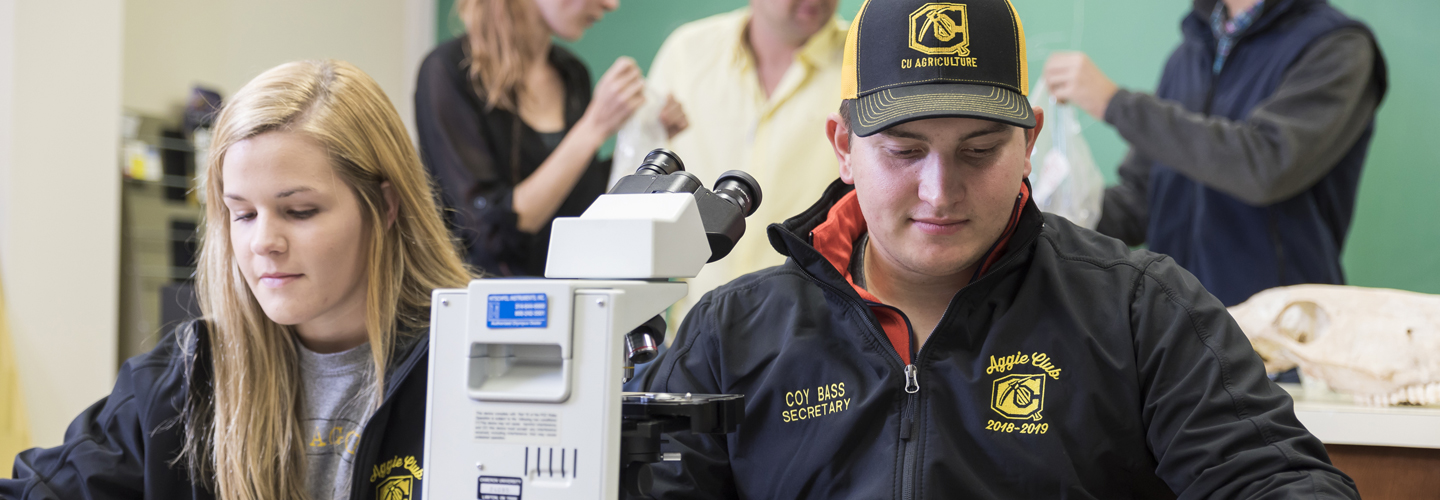Mammography Policy
Mammography Rotations Position Statement Policy
The radiography program sponsored by Cameron University has revised its policy, effective July 5, 2016, regarding the placement of students in mammography clinical rotations to observe and/or perform breast imaging. (Additionally, the policy may be applied to any imaging procedures performed by professionals who are of the opposite gender of the patient.)
Under the revised policy, all students, male and female, will be offered the opportunity to participate in mammography clinical rotations. The program will make every effort to place a male student in a mammography clinical rotation if requested; however, the program is not in a position to override clinical setting policies that restrict clinical experiences in mammography to female students. Male students are advised that placement in a mammography rotation is not guaranteed and is subject to the availability of a clinical setting that allows males to participate in mammographic imaging procedures. The program will not deny female students the opportunity to participate in mammography rotations if clinical settings are not available to provide the same opportunity to male students.
The change in the program’s policy regarding student clinical rotations in mammography is based on the sound rationale presented in a position statement on student mammography clinical rotations adopted by the Board of Directors of the Joint Review Committee on Education in Radiologic Technology (JRCERT) at its April 2016 meeting. The JRCERT position statement is included below to the program’s policy and is also available on the JRCERT Web site, www.jrcert.org, Programs & Faculty, Program Resources.
Position Statement on Mammography Clinical Rotations
Adopted by the JRCERT Board of Directors (April 2016)
The Joint Review Committee on Education in Radiologic Technology (JRCERT) Standards for an Accredited Educational Program in Radiography are designed to promote academic excellence, patient safety, and quality healthcare. The JRCERT accreditation process offers a means of providing assurance to the public that a program meets specific quality standards. The process helps to maintain program quality and stimulates program improvement through program assessment.
Standard One - Objective 1.2 of the JRCERT Standards requires a program to document that it “provides equitable learning opportunities for all students.”
The JRCERT does not provide legal advice to program officials. Nevertheless, the JRCERT has received numerous inquiries regarding the placement of students in mammography clinical rotations. The JRCERT understands that there have been significant concerns regarding the interpretation of the JRCERT Standards regarding equitable learning opportunities for all students. As a point of clarification, the JRCERT notes that equitable means dealing fairly with all concerned. It does not necessarily mean equal.
The JRCERT has analyzed statistical data that indicates current imaging practices in mammography have resulted in minimal employment opportunities for males. Certification demographic data indicates that less than 1% of the approximately 50,000 technologists registered in mammography by the American Registry of Radiologic Technologists (ARRT) are males. Overwhelmingly, clinical site policies prohibit male students from participation in mammography rotations. Such participation is limited due to liability concerns, as well as consideration for the interests of the patient. These policies are established not only for mammography exams, but also for other gender-specific examinations performed by professionals who are the opposite gender of the patient.
With regard to mammography, the JRCERT has determined programs must make every effort to place a male student in a mammography clinical rotation if requested; however, programs will not be expected to attempt to override clinical site policies that restrict mammography rotations to female students. Male students should be advised that placement in a mammography rotation is not guaranteed and, in fact, would be very unlikely. To deny mammography educational experience to female students, however, would place those students at a disadvantage in the workforce where there is a demand for appropriately educated professionals to address the needs of patients. It is noted that the same clinical site policies that are in place during the mammography educational rotations are most likely applicable upon employment, thus limiting access for males to pursue careers in mammography.
The JRCERT reiterates that it is the responsibility of each clinical site to address any legal challenges related to a program’s inability to place male students in a mammography rotation. All students should be informed and educated about the various employment opportunities and potential barriers that may affect their ability to work in a particular clinical staff position. (effective 4/8/16)


